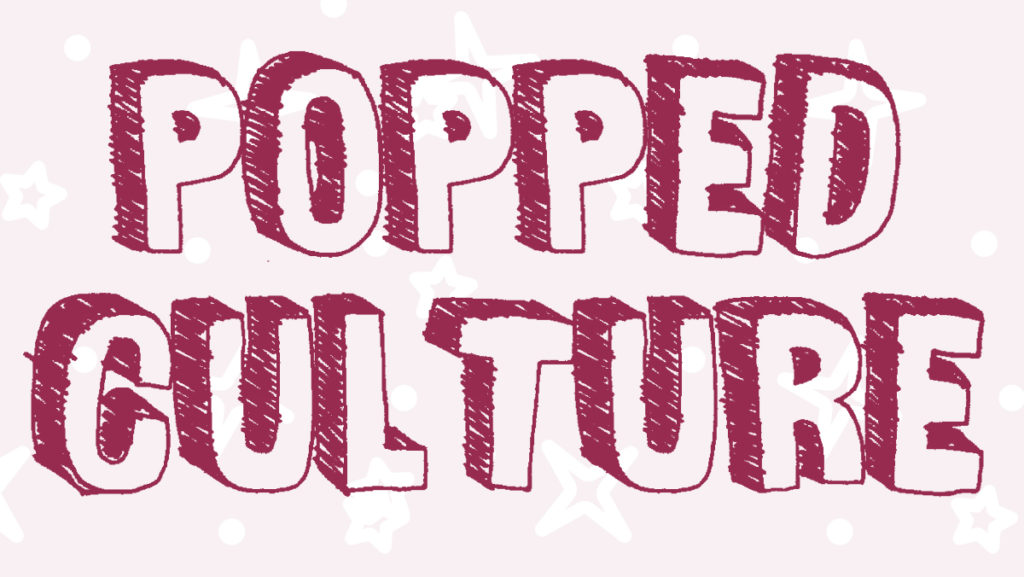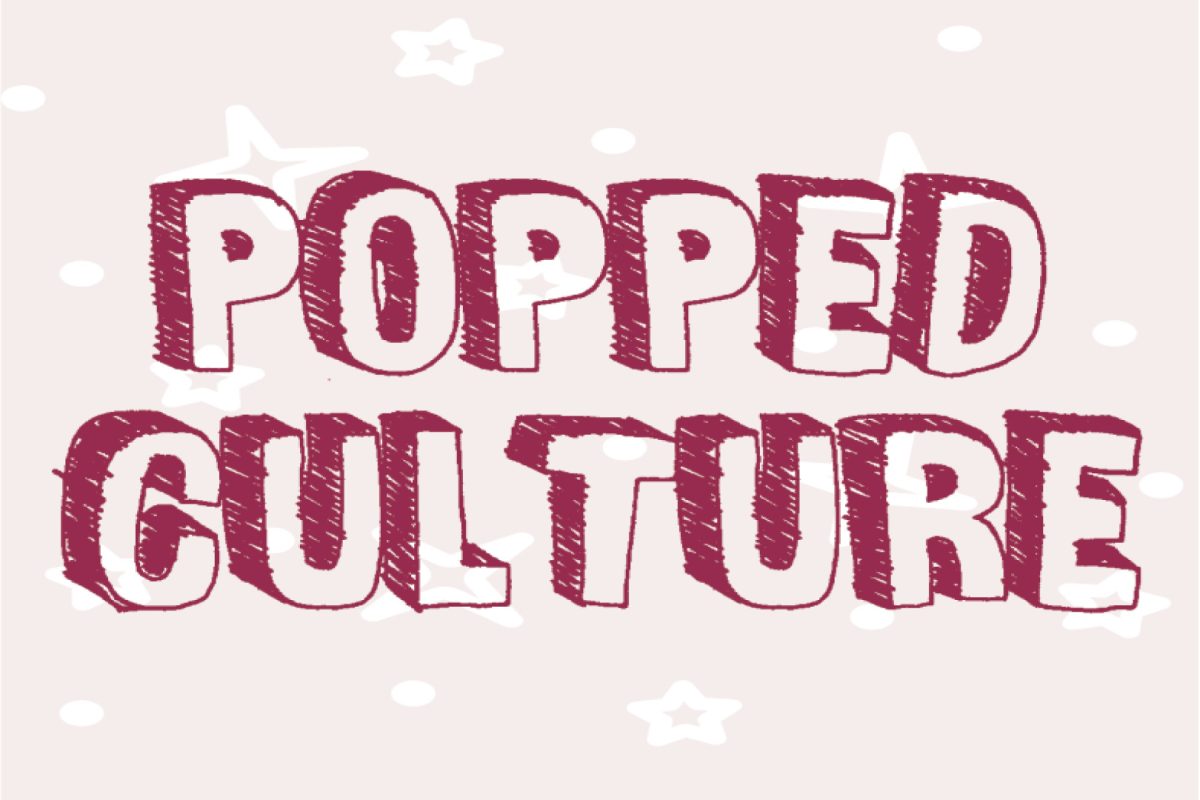The argument of separating the art from the artist seems like it will never end, with both sides having relatively valid points. But with two of the most anticipated albums of the year — Kanye West’s “Donda” and Drake’s “Certified Lover Boy” — featuring the work of accused and convicted sex criminals like Marilyn Manson and R. Kelly, I think we can end the argument.
Brian Hugh Warner, known as Marilyn Manson, rose to fame in the 1990s with his band, Marilyn Manson and the Spooky Kids. Like Manson, each member of the group adopted their names by combining the first name of a female sex symbol and the last name of a serial killer. The band was criticized for its music’s anti-religious sentiment and references to violence and sex. The band members engaged in intentionally shocking behavior both onstage and off, earning a reputation of putting on offensive and “obscene” performances. Manson eventually took off on a solo career, maintaining his negative reputation in the media. Although Manson put on a show and knew how to act to get the attention that he wanted, he seemed harmless. That is, until actress Evan Rachel Wood shared the details of her and Manson’s deeply abusive relationship.
“The name of my abuser is Brian Warner, also known to the world as Marilyn Manson,” Wood wrote in an Instagram post in February 2021. “He started grooming me when I was a teenager and horrifically abused me for years. I was brainwashed and manipulated into submission. I am done living in fear of retaliation, slander, or blackmail. I am here to expose this dangerous man and call out the many industries that have enabled him, before he ruins any more lives. I stand with the many victims who will no longer be silent.”
After Wood shared the allegations, at least four other women posted their own allegations against Manson, detailing disturbing experiences that claimed to include sexual assault, psychological abuse, coercion, violence and intimidation. Following the allegations, Manson was dropped by his record label, Loma Vista, and cut from a TV series, to which he posted a statement to his Instagram in February, denying and failing to address any of the women’s allegations.
Just when the world was ready to drop Manson like last week’s trend, especially since he has not addressed his allegations since the February Instagram post. He emerged from the ashes — alongside DaBaby, whose homophobic comments earned him a rightful “cancelling” — stepping out onto the stage of one of Kanye West’s “Donda” listening events. Manson and DaBaby are both featured on “Donda” track “Jail, Pt. 2,” which has led some to speculate that West, once again, knew exactly what he was doing. Consequence suggested the display was a commentary on “canceled” entertainers, those whose fans stop supporting them after their damning accusations — entertainers that could certainly include Manson, DaBaby and West himself.
Similarly, if you’ve gotten into the details of Drake’s track “TSU” off of his latest release, “Certified Lover Boy,” you may have seen a writing credit to R. Kelly. That’s right, Robert Kelly, who has garnered immeasurable amounts of attention for both R&B and accused predatory behavior. For over two and a half decades, R. Kelly has faced numerous accusations of sexual abuse from women and girls, including suspisions of his marriage to the singer Aaliyah when she was 15 years old. The allegations have only grown in the past few years, coming to a peak in the documentary series, “Surviving R. Kelly.” He is currently on trial in Brooklyn federal court for racketeering and sex-crime charges. In fact, hours after the release of “Certified Lover’s Boy,” R. Kelly was in court, finishing his third week of trial.
“TSU” samples some of R. Kelly’s 1998 single “Half On A Baby,” which is what earned him a writing credit on the album. While not as drastic of a statement as West’s Manson unveiling, it sends a message loud and clear, leaving fans to wonder if West and Drake care about their female fanbase enough to not give artists like Manson and Kelly any more attention or support.
While you can argue for the separation of the art from the artist, we must ask ourselves two questions. Is it worth it to give these songs a stream and thus support these artists? And do these artists’ disturbing track records impede the quality of the music that they’re featured in? Personally, my answers to these crucial questions leave me unable to separate the art from the artist.






